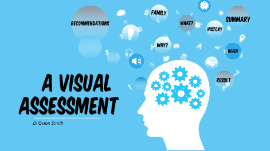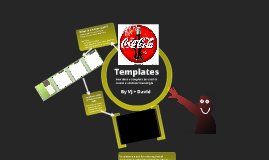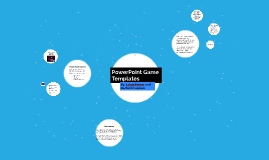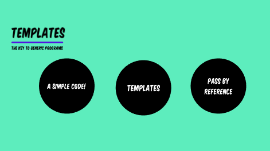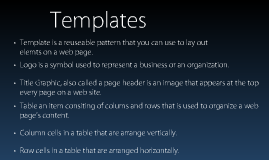Exploring Book Report Templates
Transcript: Introduction to Book Reports Purpose of Book Reports Audience Considerations The primary purpose of book reports is to summarize key points, themes, and characters, enabling critical analysis. They help students develop comprehension and analytical skills essential for academic and professional success. Understanding the target audience is essential when writing book reports. Recognizing whether the report is for classmates or instructors helps tailor the language and level of detail appropriately. Key Components A well-structured book report typically includes an introduction, summary, analysis, and conclusion. These components organize thoughts clearly, helping the reader flow seamlessly through the report. Common Mistakes to Avoid Widespread mistakes in book reports include summarizing too much at the expense of analysis, neglecting grammar and formatting, and failing to understand the book's themes. Addressing these pitfalls strengthens the overall quality of the report. Importance of Structure Structure in book reports enhances clarity and coherence, ensuring that the reader can follow the analysis easily. A clear format also demonstrates the author's grasp of the subject matter. Exploring Book Report Templates Types of Book Report Templates Traditional Templates Graphic Organizer Templates A Guide to Structuring Your Literary Analyses Graphic organizer templates utilize visual aids like charts and diagrams to help students organize their thoughts and ideas. They support comprehension and encourage critical thinking by allowing learners to visually map out characters, themes, and relationships within the text. Traditional book report templates typically include sections for title, author, plot summary, character analysis, and personal reflection. These formats provide a clear structure for students to express their understanding and interpretation of the text. Digital/Interactive Templates Sample Book Report Formats Digital and interactive book report templates are designed for online use, often featuring hyperlinks, multimedia, and interactive elements. These templates engage students through technology, providing dynamic ways to present their analyses and reflections on texts. Sample book report formats serve as models for students to follow. They demonstrate effective layout, content organization, and writing style, illustrating how to integrate personal insights with analytical thinking when discussing literature. Comparative Templates Comparative templates allow students to analyze multiple texts side by side. This format encourages critical thinking and comparison of themes, characters, and stylistic elements, facilitating deeper insights into literature's broader context. Creating an Effective Book Report Selecting the Right Template Choosing the right book report template is crucial. Templates vary in style and structure, so select one that aligns with the report's objectives and the audience's needs, enhancing clarity and coherence in the analysis. Writing Style and Presentation A polished writing style enhances the report’s effectiveness. Use clear, concise language, adhere to formatting guidelines, and integrate quotes or citations appropriately to substantiate arguments while retaining flow. Customizing Your Template Tailor the chosen template to your specific requirements. Adjust sections and headings, incorporate relevant information, and ensure the layout serves the report’s narrative while maintaining a logical flow. Tips for Finalizing and Reviewing Finalizing a book report requires thorough review and revisions. Check for grammatical errors, ensure all insights align with the thesis, and verify that the formatting meets the required standards before submission. Research and Analysis Techniques Effective research is integral to a robust book report. Utilize diverse sources, including author interviews, literary criticism, and thematic analysis, to support your insights and foster a deeper understanding of the text.






